You may not be suitable for hiking...
autumn
The sun is shining and the weather is perfect for hiking, hiking, camping and other outdoor sports. Walking is a good choice. It not only can exercise but also pleasing spirit and relieve psychological stress, but hiking is a very particular outdoor exercise. Not everyone is suitable for hiking and not everyone knows how to walk properly.
1. People with diseases in the legs and waist. Such as arthritis, osteoarthritis, lumbar disc herniation and osteoporosis.
2, coronary heart disease patients. When walking and hiking, physical exertion is greater, blood circulation is accelerated, body burden is increased, and angina pectoris and myocardial infarction are easily induced.

3, vertigo patients. It is easy to fall.
4, hypertensive patients (more than 180mmHg), high blood sugar people (more than 16.7mmol/1.300mg).
5, people with purulent disease or traumatic healed.

These five types of people are not suitable for going outdoors for trekking. When they can go out for outdoor sports, they must use the right way to hike. Some people not only do not understand how to hike properly, but instead develop diseases on foot. Fighting soldiers.
Long-term wrong walks can cause disease
Ken Mattson, a fitness expert who specializes in walking in Cambridge, United Kingdom, said: “For example, many walkers are staggered and bumpy. There are hikers who like to throw their hands away. Although these seem to be small things, they have accumulated over time. It may cause you to suffer from dark injuries on foot."
Mistake 1: Poor posture
There are two kinds of posture mistakes most likely to be made by hikers walking: bowing, or head tilting too high causes the body to throw back. Both of these postures may cause the body to lose its balance and exert excessive pressure on the muscles under the back, which may cause strain and pain. 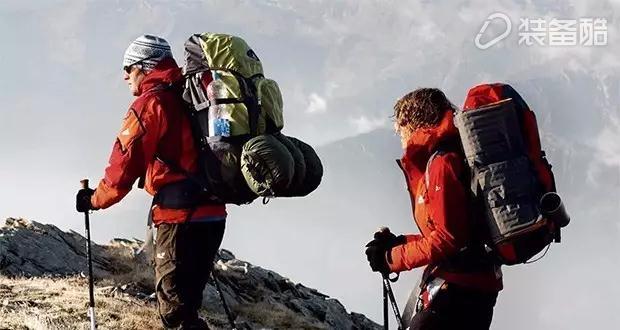
In addition, hunched over and out of the lower abdomen are also walking in the wrong posture. Many people often hunchback during the walk, in the long run, it is easy to have neck and shoulder pain, and will become stereotyped for a long time, even the hunchback situation will become more serious; and for those who want to lose weight through exercise, when walking, did not match The action of the lower abdomen may be less effective.
Corrective: Do not look up or down, look straight ahead, keep your neck and body aligned. And make sure your shoulder is relaxed. Usually we should cultivate the habit of narrowing our abdomen.

Mistake 2: The body is too loose to shake hands too much, too big footsteps, landing and stomping, these are the common phenomenon of loose body walk. Walkers who violate conventional walking will not only affect the speed but may also cause irritation and soreness in the ankle.
Corrective: Keep your arms close to your body. Excessive swing arms will waste too much energy. The ideal swing arm mode is to maintain the arm bent 90 degrees, the elbow close to the body, swing forward and backward.

At the same time, the pace of the two feet should be unified and maintain a normal distance. If the pace is too big or too small, it will affect the speed. The method of measuring normal pace is simple: straighten one of your legs, with the heel close to the ground but not touching the ground, and then leaning forward. At this time, the position of the heel of the forefoot landing is a reasonable step in your normal situation. As far as landing is concerned, it should be slightly lighter. Repeated steps will only waste energy that should have been forward.

Mistake #3: Route Repetition Each trekkers know that the more interesting the exercise is, the better it is, but experts point out that many trekkers are too lazy to plan routes. "Many walkers are unwilling to plan their routes to keep the fun of walking. They always walk the same path, and then they feel boring."
Remedy: Change the scene, take a different path, and occasionally try climbing. Try to change speeds during walking, such as speeding for 30 seconds and then relaxing for 90 seconds; or walking longer distances, which can further challenge a hiker's fitness, but experts recommend that the distance to walk per week should only be increased by up to 5%. Moreover, you should occasionally rest for a day or two to avoid overwork.

Mistake 4: There are too many things on the phone, notepad, water bottle... Some walkers are carrying large bags, desperately trying to stuff things into them, but they are too heavy. The knees are heavy and easily injured. .
Corrective measures: The best is empty-handed, at most carrying water, wiping towels and sunscreen hat. Also, the backpack is better than the shoulder bag, because the shoulders are evenly stressed and less inclined.
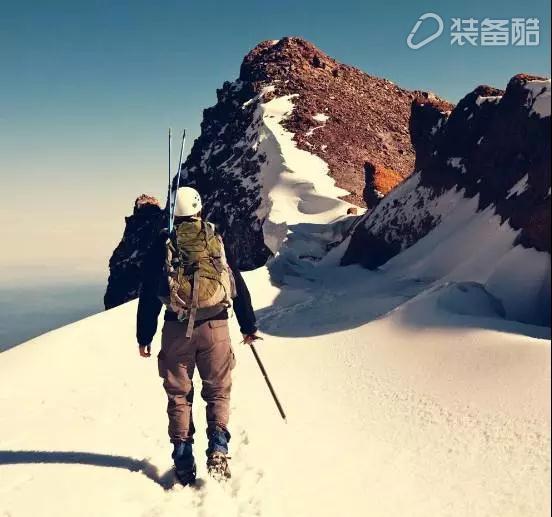
Error 5: Do not start with stretching or stop immediately without warm-up or stretching exercise, it is easy to pull the muscles; when walking suddenly stopped, the blood did not return to the head, easy to dizziness.
Corrective measures: If the venue is suitable, you can stretch the stretch first to allow the muscles to relax and relax. You can also start slowly, take a five-minute walk, will increase the blood flow to your leg muscles, achieve warm-up effect, and then increase the speed. When you reach the terminal, give yourself 5 minutes to slow down. Do not stop immediately.
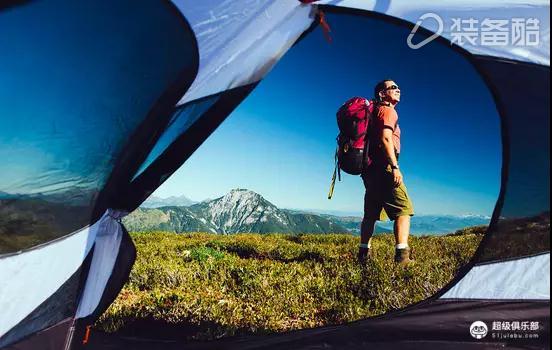
Mistake #6: People who are incompetent and who haven't exercised for a long time often neglect to consider their physical strength and physical condition and set the goal too high. Instead, they cause a burden.
Corrective measures: It is recommended to walk from 15 minutes a day, exercise for at least 5 days a week, and increase from the second week to 20 minutes, gradually accumulating a habit of walking for more than 30 minutes a day. The doctors reminded that “walking†is not blindly going. There must be a scientific approach. Be sure to start training gradually on a relatively flat surface, and find the strength that suits you based on the reaction of the body on the second day.

Walking on the wrong foot for a long time will bring you diseases, and the right way to hike will let you release stress, truly relax yourself, and harvest health in your persistence. The following ten tips on hiking must be kept in mind.
7 kinds of walking skills to make your exercise more effective 1, make full preparations before starting a hike, make full preparations. Including stretching, so that the joints, muscles, ligaments, etc. get a good warm-up. You can also use your hands and fingers to rub the lower edge of the knee to promote joint lubrication night secretion.

2, try to reduce the weight before starting a certain amount of force. Even if you go hiking on a hill, walking for more than 4 hours is normal. Under normal circumstances, the weight is more than 1/4 of the body weight. The downhill will control the rhythm from the point of view of protecting the knee. Even under special circumstances, the weight should not exceed 1/3 of the body weight.
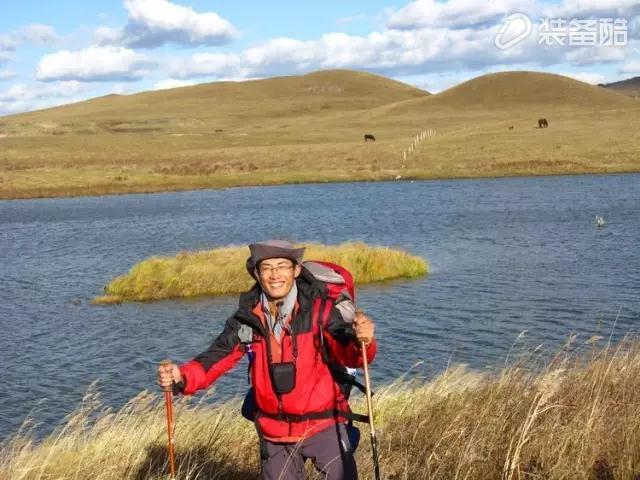
3, adjust the pace of the moment
Some people do not adjust their pace and reduce their weight on foot, resulting in foot pain and fatigue. When they walk in, their knees are not effectively exercised. Excessive accumulation of lactic acid can cause soreness and fatigue. Slow walking can effectively reduce the accumulation of lactic acid, and multiple activities of the knee can allow rapid release of lactic acid. The reasons for fatigue are mostly striding on the ground and speeding up to walk.
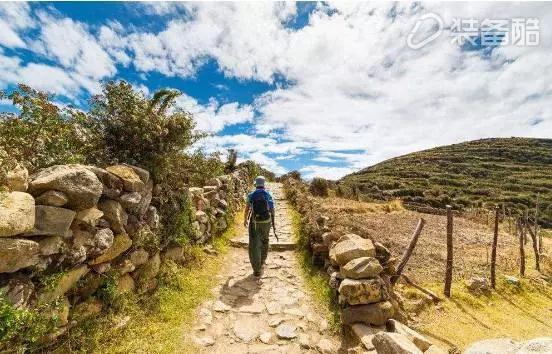
4. Wear shoes that are suitable for hiking on the mountain. Remember the generally soft land, grass, gravel slopes, and snow are relatively friendly to the knees, but always pay attention to anti-skid. Also, when you take the gravel road, you must take care of the people who are under you, otherwise you will be too grandson.

5, do not "lock joints"
When the thighs are overworked, the joints will not be self-conscious when walking, that is, straighten the legs, which can reduce the burden on the thigh muscles, temporarily relax the muscles, but it is very easy to cause knee strain, knee injury, ankle Strain and ankle sprain.
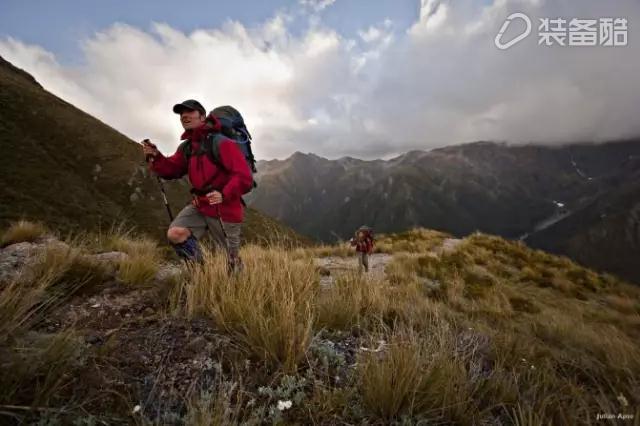
6, pay attention to identify directions
Always pay attention to the obvious natural signs that have passed. Such as rivers, lakes, rock walls, hills and other characteristics of the shape, so that once lost can also be used to find the way back based on these obvious signs. In areas where we hike, most locals have activities. Judging from the size of the path or whether there are often walking marks. If your hiking route used to be a hotspot route, you can check if there are some road signs left on the road by the pioneering enthusiasts.
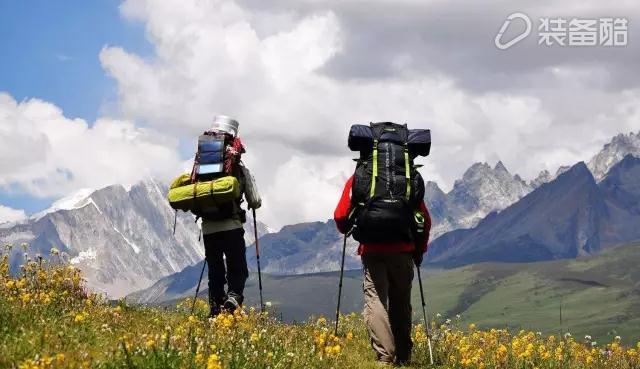
7, grasp the concept of time
When hiking, it is best to bring a watch, so that you can have a clear idea of ​​time and know how much distance you have to go. In each region, the time for the sun to set off is a certain rule. You can ask the local people about the time when the local sun is going down, search for camps or prepare for a rest in time, and try to avoid walking in the night when you are on foot.

Violation of conventional walking will not only affect hiking speed and travel but may also cause inflammation and soreness in the cervix. Several kinds of trekkers may make mistakes while walking. Xiaobian here corrects everyone. We must use the right hiking method for future hikes. Steps to measure where you want to arrive and find yourself better on foot
Bathtub And Sink Accessories,Antique Tub Feet,Sink Faucets,Abode Sink Accessories
Anping Sunshine Sanitary Ware Co., Ltd. , https://www.sunshinebathtub.com